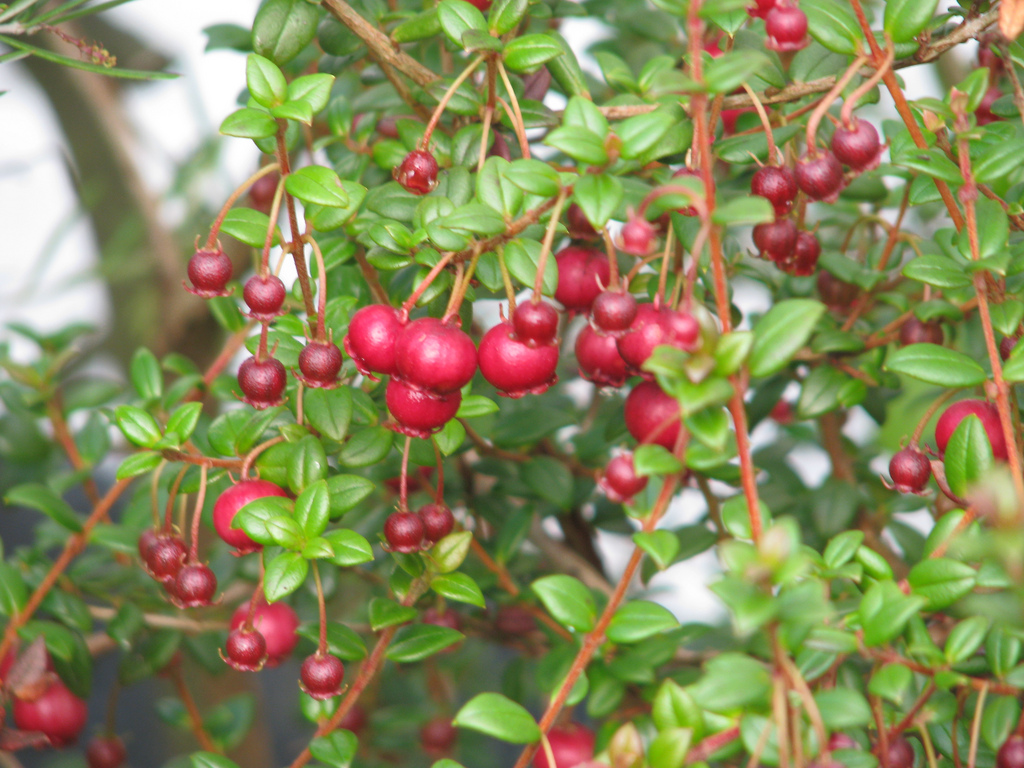Learning how to identify the edible and poisonous plants in your local area is always a good idea. But what if you find yourself in an area you are not familiar with and in need of food to survive? You can follow the steps in the “universal edibility test” to determine of the plant is edible or not.
Divide the Plant
After gathering the plant that you want to test, divide the plant into its basic parts, roots, stem, leaves, and flowers. This is done so that you can test each part separately. Some plants have both edible portions and poisonous portions.
Smell Check
Smell each part of the plant. If any part has a strong offensive odor, it is not a good sign. The parts of the plant that do not have an offensive smell can be tested further, those that do are not worth continuing with.
Skin Test
The portions that pass the smell check can be further tested for edibility by seeing if they cause skin irritation. To speed this process, tear, mash, or grind the plant up. Then apply it to sensitive skin like your inner elbow or the palm side of your wrist. Wait 15 minutes or so. If any part causes a rash, burning, itching, or numbness, do not eat it.
Mouth Test
Any portion of the plant that has passed both the smell and the skin test can be tested with your mouth. To do so prepare it the way you would consume it. For instance, if you are going to boil the roots, boil them first so that you will be testing them the way you will be eating them. Take a small amount of the prepared portion and hold it to your lips, just like the skin test. If you do not experience any itching, burning, or numbness, put some in your mouth but do not swallow it. Taste it, chew it, and hold it in your gums. If it tastes overly bitter like soap, spit it out and rinse your mouth out. If not continue to test it for several minutes.
Gut Check
The final test will be to swallow a small amount of the part of the plant that has passed all previous tests. Wait several hours. If no signs of indigestion occur, then this part of the plant is safe to consume.
As you can see, this test can be time-consuming, and is not without its safety risks. Do not go out and test every single plant that you find in the area. This will take days, it will needless expose you to potential toxins, and it will make it more difficult to determine the source of any illness you do feel since you are increasing the variables. Test only plants that you can find in abundance so that you can actually benefit from the results of the test.
If you enjoyed this, you might also like….



Another good way to look for foods, is to watch the animals. They are aware of what to eat naturally. Once observed collect and continue